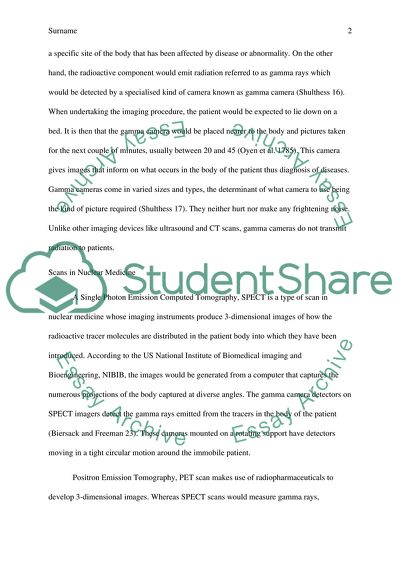Cite this document
(Nuclear Medicine Offers a Safe and Painless Approach to Diagnosing Essay, n.d.)
Nuclear Medicine Offers a Safe and Painless Approach to Diagnosing Essay. https://studentshare.org/health-sciences-medicine/1850261-nuclear-medicine
Nuclear Medicine Offers a Safe and Painless Approach to Diagnosing Essay. https://studentshare.org/health-sciences-medicine/1850261-nuclear-medicine
(Nuclear Medicine Offers a Safe and Painless Approach to Diagnosing Essay)
Nuclear Medicine Offers a Safe and Painless Approach to Diagnosing Essay. https://studentshare.org/health-sciences-medicine/1850261-nuclear-medicine.
Nuclear Medicine Offers a Safe and Painless Approach to Diagnosing Essay. https://studentshare.org/health-sciences-medicine/1850261-nuclear-medicine.
“Nuclear Medicine Offers a Safe and Painless Approach to Diagnosing Essay”. https://studentshare.org/health-sciences-medicine/1850261-nuclear-medicine.


